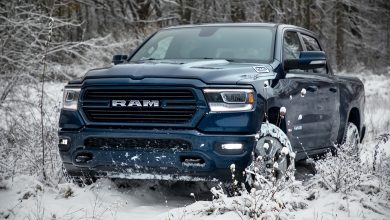
For the first time in Mexico, the Jeep® brand has opened an exclusive dealer specific to the brand. The dealer is known as “Automotive Outlook” or “Mirador Automotriz” and is located in the city of San Pedro Garza García near Monterrey, Mexico.

The new facility measures about 13,000 sq. ft. (1,204 sq. meters) of exhibit space. There you will find the entire range of Jeep vehicles available in the Mexico market, which includes the Jeep Renegade, Compass, Grand Cherokee, Wrangler, and JT (Gladiator’s official Mexican name). The showroom also houses a new “Wagoneer Corner”, an exclusive space to introduce customers to the brand’s premium Wagoneer and Grand Wagoneer offerings.

The place offers a reflection of the brand’s values – freedom, luxury, and comfort. Freedom is expressed through large windows around the dealership, opening it up to the outdoors. Premium touches to the seating areas and top-quality service help to showcase the brand’s luxury feel. As for comfort, the new dealer showroom pays attention to the smallest detail to take care of the customer, so they can have a pleasant and hassle-free purchasing process.

Rooted in Jeep heritage, the new dealership concept will showcase each member of the Jeep vehicle portfolio that redefines the concept of “American Premium” by providing a unique customer experience.
A Mopar ExpressLane and Service center is also fitted to the new dealership building, ensuring first-class service is provided to all vehicles who pass through.

Stellantis has been implementing new design changes to several of its brand’s dealership layouts over the past couple of years. Those changes have affected various dealers within the FIAT, Jeep, Peugeot, and Maserati brands, ensuring a better customer experience in select global markets.
You can see more pictures of the new dealership layout, on Google photos.






No replies yet
Loading new replies...
Join the full discussion at the Mopar Insiders Forum →